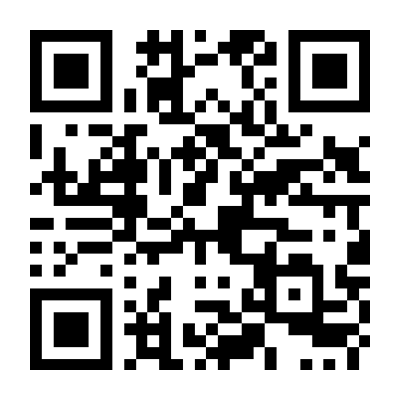单选题
0分
Students ofmanagement theory have long l what constitutes the worst kind of book-the CEO autob...
Students ofmanagement theory have long l what constitutes the worst kind of book-the CEO autobiography or the management tome that promises to 2 the secrets ofbusiness 3 0ne syllable. But in "Management in 10 Words" Sir Terry Leahy, a former boss of Tesco, has performed a remarkable act of alchemy: combining two dismal forms to . 4 an excellent book-a veritable management page-turner that has interesting things to say about everything from the evolution of British society to the art of 5 huge organisations.
Sir Terry is an example of a type of Briton that is becoming increasingly 6 : a working-class boy made 7 by dint of quick wits and hard work. A scholarship to a local public school and a taste for the grocery business 8 him with a ladder up: he started his career stacking shelves at Tesco and ended 9 as CEO for 14 years.
When Sir Terry was 10 to the top job, Tesco was struggling in third place in Britain's supermarket hierarchy behind Sainsbury's and Marks & Spencer. Rumour had it that a tobacco company had toyed with buying the supermarket but 11 the idea believing it would be bad for the brand. Today Tesco is Britain's largest private employer and the third-largest supermarket in the world, 12 in 14 countries and offering banking and insurance 13 fruit and vegetables.
Sir Terry argues that the secret has been 14 innovation. Tesco introduced loyalty cards in order to 15 information on its customers and encourage them to keep coming back. And the trove of customer information provided by the loyalty card eased Tesco's entry _16 banking and e-commerce. 17 , Sir Terry readily 18 that there is no science to management: he got the 19 for one of Tesco's most successful innovations-small stores in town centres-from visiting a wholesaler and 20 how much business it was doing selling to small shops.
Sir Terry is an example of a type of Briton that is becoming increasingly 6 : a working-class boy made 7 by dint of quick wits and hard work. A scholarship to a local public school and a taste for the grocery business 8 him with a ladder up: he started his career stacking shelves at Tesco and ended 9 as CEO for 14 years.
When Sir Terry was 10 to the top job, Tesco was struggling in third place in Britain's supermarket hierarchy behind Sainsbury's and Marks & Spencer. Rumour had it that a tobacco company had toyed with buying the supermarket but 11 the idea believing it would be bad for the brand. Today Tesco is Britain's largest private employer and the third-largest supermarket in the world, 12 in 14 countries and offering banking and insurance 13 fruit and vegetables.
Sir Terry argues that the secret has been 14 innovation. Tesco introduced loyalty cards in order to 15 information on its customers and encourage them to keep coming back. And the trove of customer information provided by the loyalty card eased Tesco's entry _16 banking and e-commerce. 17 , Sir Terry readily 18 that there is no science to management: he got the 19 for one of Tesco's most successful innovations-small stores in town centres-from visiting a wholesaler and 20 how much business it was doing selling to small shops.
参考答案: D
参考解析: 副词辨析题。根据位置只能选择D项。as well as常用来连接两个并列的成分,表示“也,还”。它强调的是前一项,后一项只是顺便提及,因此连接并列主语时,谓语动词与前一项一致,故D项为正确选项。【干扰排除】A项too常用于句末,故排除。B项either只用于否定句,故排除:c项as well常用作状语.表示“也”,相当于too,常用于句末,无须用逗号与句子分开,故排除。

 百度扫一扫练题
百度扫一扫练题
 关注千题库公众号
关注千题库公众号








